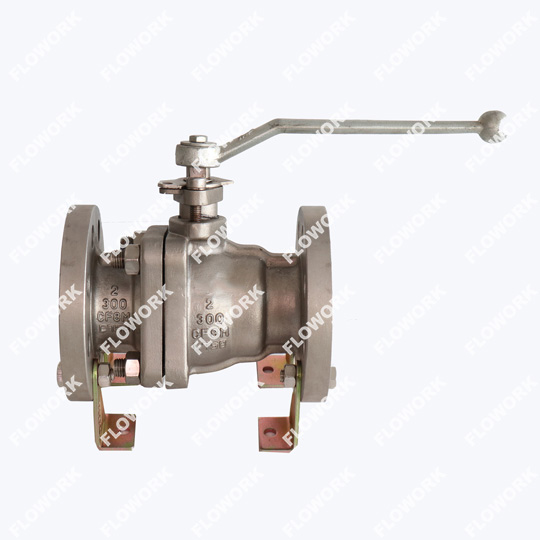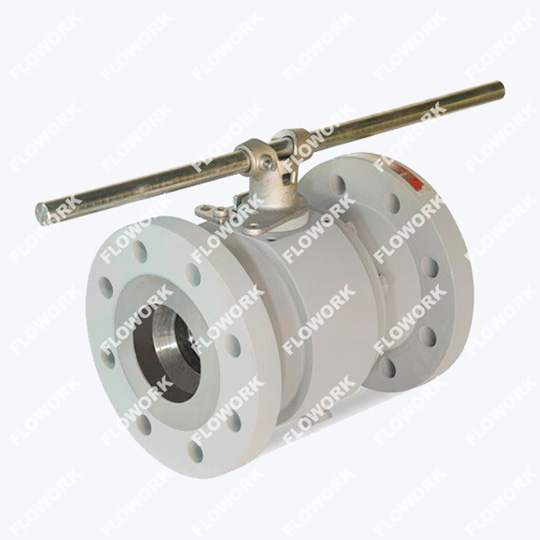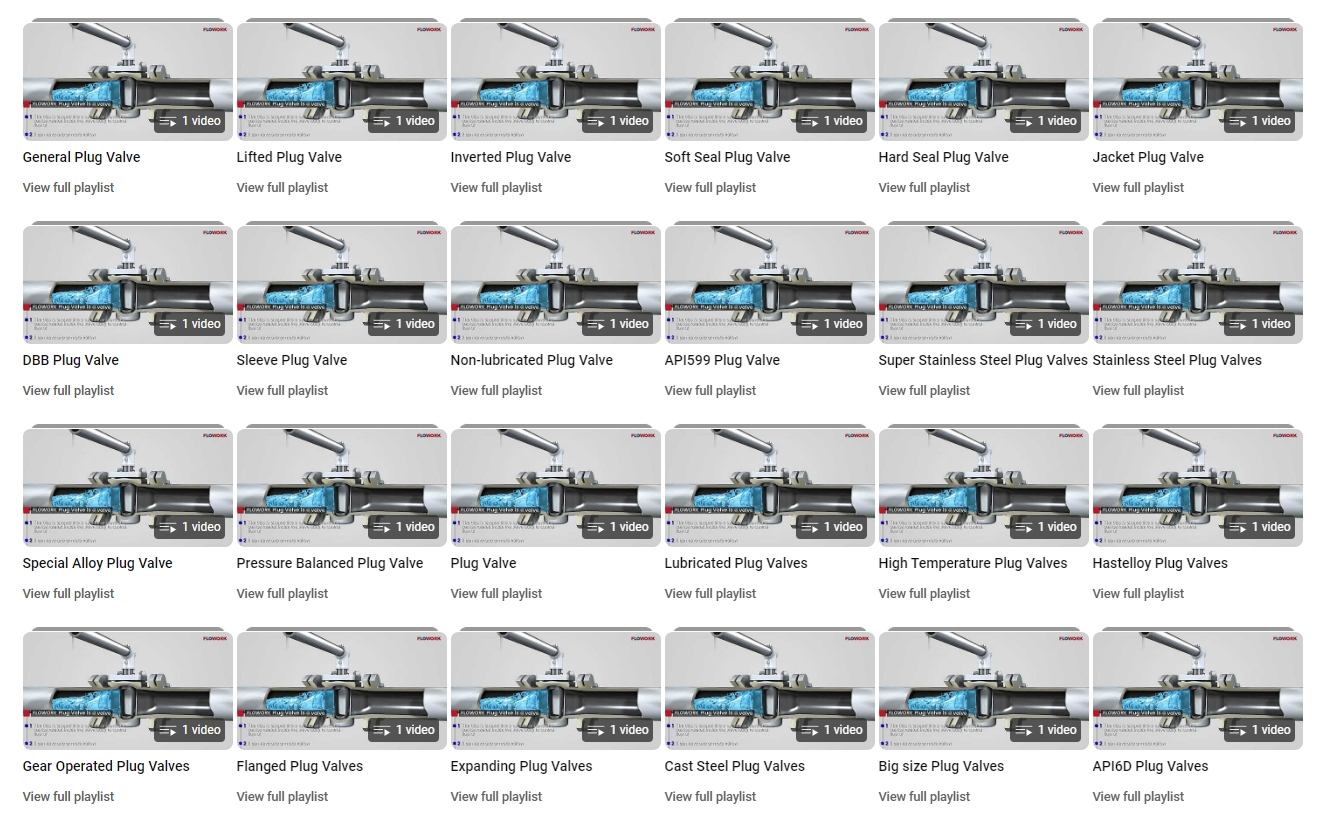What are the different types of floating ball valves?
Floating ball valve, as a key component in the field of fluid control, has attracted much attention due to its unique performance and wide range of applications. I provide you with a detailed guide that provides an in-depth look at the different types of floating ball valves and their advantages in various industrial applications. The main feature of a floating ball valve is the free-floating relationship between the ball and the valve seat. This design not only ensures the accuracy of fluid control, but also enhances the valve's durability in high pressure and corrosive environments. Different types of floating ball valves differ in construction, materials, and operating principles, and it is important to understand these differences when selecting the valve best suited for a specific application, forged ball valve.

1. Type Overview
One-way floating ball valve: One-way floating ball valve is the most basic type of floating ball valve. Its sphere floats freely in only one direction and is typically used where simple on/off control is required. Due to its simple structure, this valve has high reliability and durability. However, its ability to regulate fluid flow is limited.
Two-way floating ball valve: The ball of the two-way floating ball valve can float freely in both directions, which allows it to operate within a wider pressure and flow range. Bi-directional floating ball valves are commonly used in applications that require precise control of fluid flow, such as the chemical and petroleum industries.
Three-Way Floating Ball Valve: A three-way floating ball valve has three channels that allow fluid to flow in multiple directions. The design of this valve allows it to work in complex systems where flow needs to be diverted, combined or switched. Three-way floating ball valves are widely used in pharmaceutical, food processing and sewage treatment industries, low temperature ball valves.
V-shaped floating ball valve: The V-shaped floating ball valve has a V-shaped cutout on the ball, which makes it highly accurate in controlling fluid flow. The V-shaped cutout accurately regulates the flow of fluid when the valve is partially open. This type of valve is typically used in high-pressure applications that require precise control of fluid flow, such as oil and gas extraction.
2. Material selection
Different types of floating ball valves also have differences in material selection. Common materials include stainless steel, carbon steel, copper alloys, plastics and ceramics. When choosing the right material, you need to consider the following factors:
Corrosion resistance: Select materials that can resist chemical corrosion based on the corrosiveness of the application environment. For example, in chemical applications, stainless steel and plastic are common choices.
Pressure resistance: In high-pressure applications, materials need to be selected that can withstand high pressures. Carbon steel and stainless steel generally perform well in high-pressure environments, carbon steel gate valves.
Temperature range: Depending on the temperature range of the application environment, select materials that can function well in extreme temperatures. For example, ceramics have excellent performance in high-temperature environments.

3. Application areas and advantages
Petrochemical Industry: In the petrochemical industry, two-way and three-way floating ball valves are widely used for fluid control and process optimization. They can operate stably for a long time in high pressure and corrosive environments, ensuring production safety and efficiency. In addition, V-type floating ball valves excel in accurately controlling fluid flow, helping to increase production and quality.
Electric power industry: The electric power industry has extremely high requirements on the safety and reliability of valves. One-way and two-way floating ball valves are the first choice due to their simple structure and high durability. They can operate stably in high temperature and high pressure environments to ensure the safe operation of the power system. In addition, the three-way floating ball valve has excellent performance in complex pipeline systems and can realize the division, merging and switching of fluids, duplex stainless steel ball valve.
Pharmaceutical and Food Processing: In the pharmaceutical and food processing industries, strict hygiene standards and safety requirements are imposed on valves. Floating ball valves made of stainless steel and plastic are favored for their good corrosion resistance and easy cleaning. Two-way and three-way floating ball valves can meet complex process requirements and ensure product quality and production efficiency.
Sewage treatment and environmental protection engineering: In the fields of sewage treatment and environmental protection engineering, valves need to withstand various corrosive media and harsh working environments. Floating ball valves made of stainless steel and plastic can operate stably for a long time in these environments, achieving efficient resource utilization and emission control. In addition, the three-way floating ball valve can realize the division and merging of fluids in complex pipeline systems to improve processing efficiency and reduce costs.
4. Let me make a final summary for everyone.
Through an in-depth analysis of different types of floating ball valves, I can find that each valve has its unique application scenarios and advantages. I need to consider factors such as operating conditions, material properties, and cost-effectiveness when selecting the best valve for a specific application. With the advancement of science and technology and the continuous changes in industrial needs, I can foresee that floating ball valves will make more breakthroughs in material innovation, intelligent development, and multi-functional integration in the future, bringing more efficient and environmentally friendly solutions to all walks of life.








